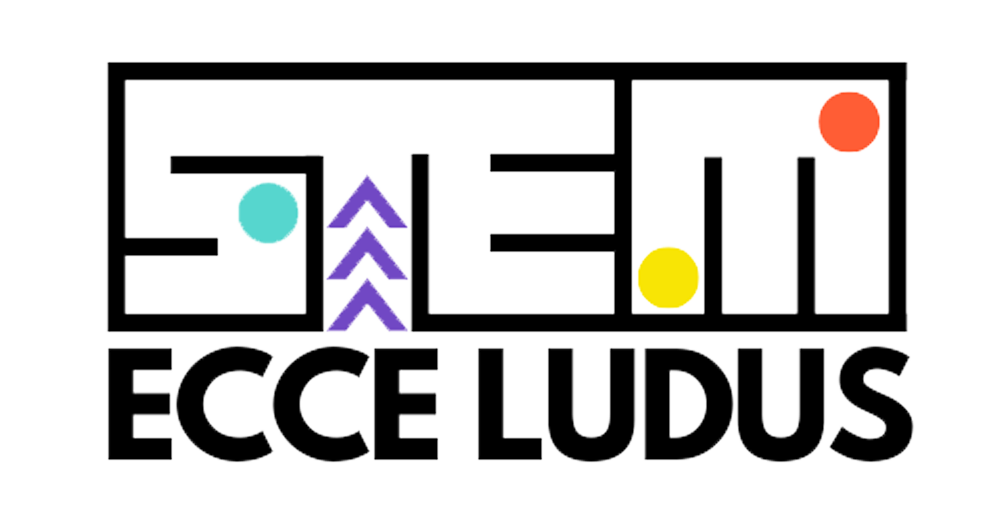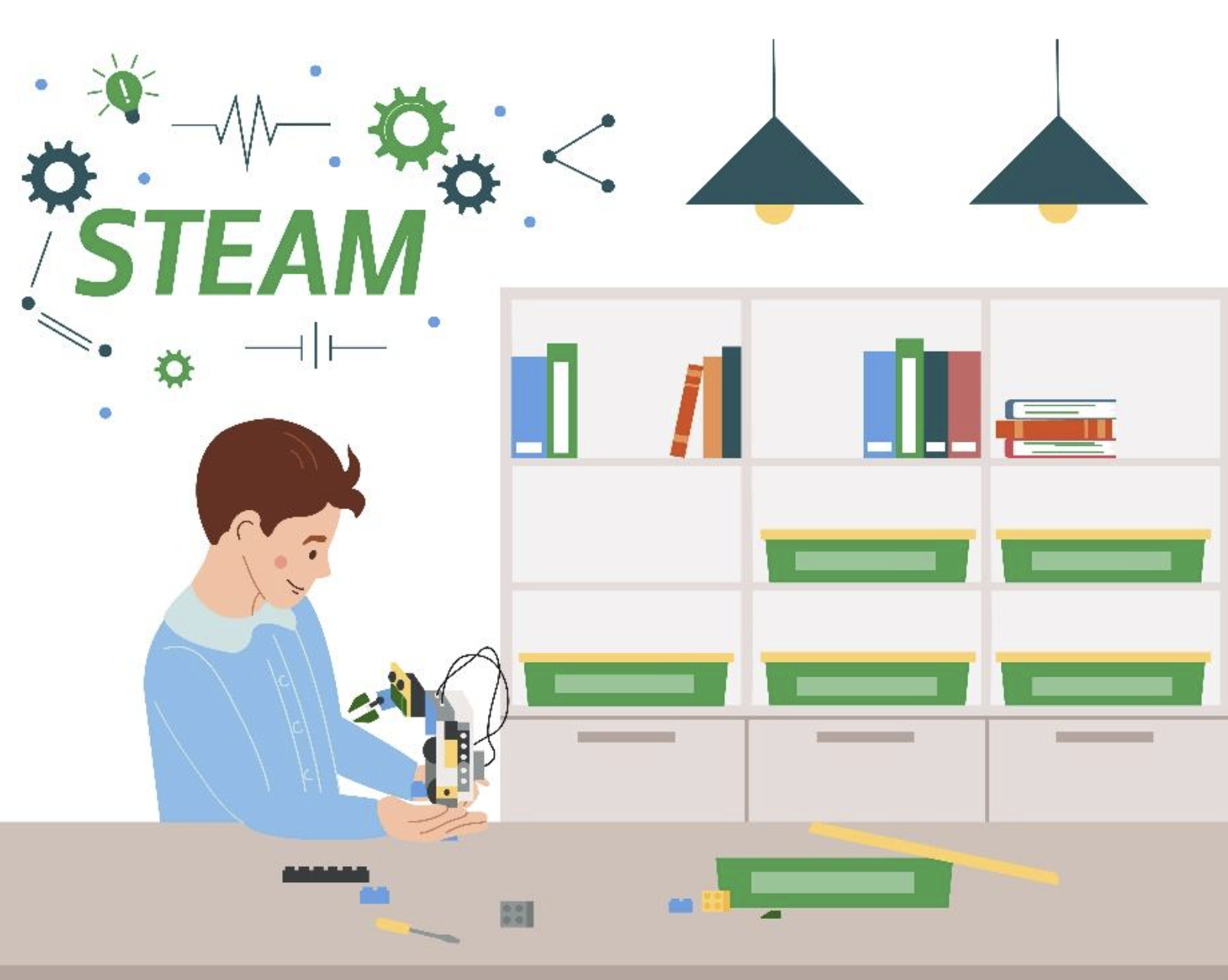Module 1 of the ECCE LUDUS MOOC is about introducing educators to the concepts of STEAM and edutainment as innovative approaches to teaching and learning. The module explores how combining science, technology, engineering, arts, and mathematics (STEAM) with engaging educational experiences can make learning more effective and meaningful for students.
What Is STEAM?
Module 1 begins by explaining that STEAM is an interdisciplinary approach to education that integrates five key fields: Science, Technology, Engineering, Arts, and Mathematics. Rather than teaching these subjects in isolation, STEAM encourages educators to connect them through hands-on, creative projects that reflect real-world challenges. The goal is to promote critical thinking, creativity, and problem-solving skills in students.
Challenges for Educators and Students
The module also identifies common challenges that educators face when implementing STEAM in the classroom. These include:
– The relatively new nature of the approach
– A lack of resources and materials
– Insufficient training and professional development
– Student disengagement and fear of failure, especially when facing complex topics
Understanding these challenges is essential for planning effective strategies and providing the necessary support for both teachers and learners.
Module 1 further introduces edutainment, a blend of education and entertainment. The purpose of edutainment is to enhance student engagement and understanding by making learning enjoyable and interactive. Benefits of edutainment highlighted in the module include:
- Increased engagement
- Better accessibility for different learning styles
- Improved comprehension and retention
- Support for personalized learning
- Encouragement of creativity and collaboration
The module provides examples of edutainment tools and platforms, which use storytelling and game mechanics to teach complex concepts in a fun way.
Module 1 goes on to explain the difference between game-based learning and gamification and outlines how each approach can be used effectively in the classroom, depending on the learning goals and student needs.
To help educators bring these concepts into their teaching practice, Module 1 provides practical strategies for implementation:
– Align activities with learning objectives
– Choose tools appropriate for the subject, student age, and cognitive level
– Foster collaboration among students
– Focus on relevance and real-world application
In summary, Module 1 presents a holistic approach to modern education by promoting the integration of STEAM and edutainment. It emphasises the importance of engaging students through interactive and interdisciplinary learning while also acknowledging the challenges teachers may face. By aligning edutainment tools with learning goals and using thoughtful implementation strategies, educators can create dynamic classrooms that prepare students for the demands of the 21st century world.





